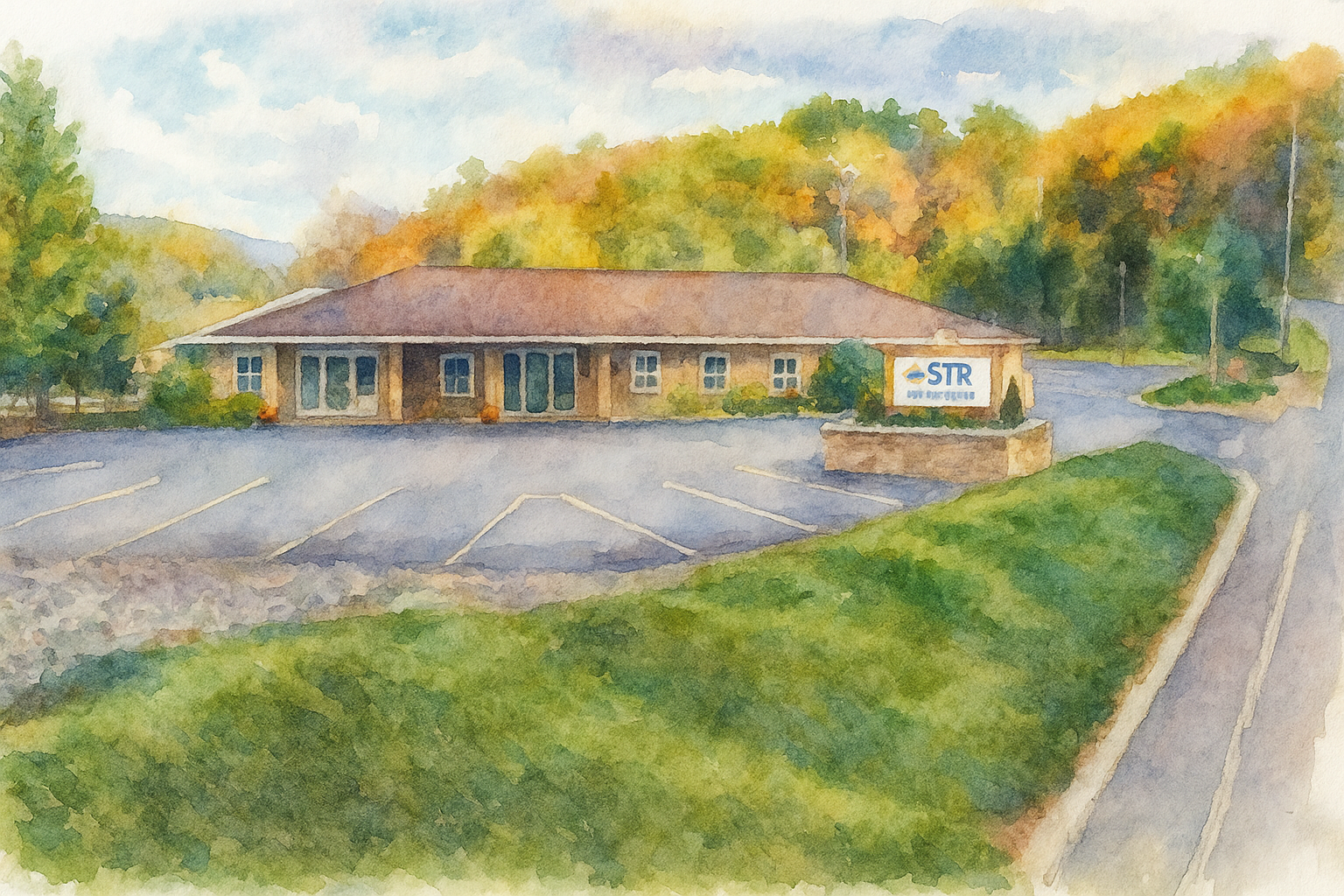When we hear the words opiates and opioids, many individuals think they’re the same thing. They’re often used interchangeably in news stories and everyday conversations about the addiction crisis. Opiates and opioids are closely related, but key differences in how they’re made, how they work, and how they lead to addiction set them apart.
Whether you or someone you love is struggling with opiate addiction or opioid addiction, understanding how these substances affect the brain — and the body — can help explain why compassionate, medically supported treatment is so vital. Let’s break it down in clear, accessible terms.
Opiates vs. Opioids: What’s the Difference?
Opiates are natural substances derived directly from the opium poppy plant. Classic examples include:
- Morphine
- Codeine
- Opium (less common medically today)
Opioids, on the other hand, include all substances — natural, semi-synthetic, and fully synthetic — that bind to opioid receptors in the brain. Opioids include:
- Natural opiates like morphine and codeine
- Semi-synthetic drugs like heroin, oxycodone, and hydrocodone
- Fully synthetic drugs like fentanyl, methadone, and tramadol
In short, all opiates are opioids, but not all opioids are opiates. This distinction is important because many modern painkillers and street drugs are semi-synthetic or synthetic opioids, which can be much more potent than naturally occurring opiates.
How Do Opiates + Opioids Affect the Brain?
Both opiates and opioids work by binding to the brain’s opioid receptors. These receptors are part of the brain’s natural pain and reward system. When an opioid or opiate binds to these receptors, it blocks pain signals and floods the brain with dopamine — a chemical that makes you feel pleasure, relief, or euphoria.
At first, this can feel like relief, especially for someone in pain. But over time, the brain adapts. It produces less natural dopamine and depends more on the drug to feel normal. This is why repeated use can lead to tolerance (needing more to get the same effect) and dependence (feeling sick without it).
When dependence turns into addiction — a chronic brain disease characterized by compulsive use despite harm — it can take over an individual’s life, affecting relationships, work, health, and mental well-being.
Opiate Addiction vs. Opioid Addiction: Is There a Difference?
At the core, opiate addiction and opioid addiction develop the same way: through changes in the brain’s reward pathways. However, there are differences in potency and onset of action.
Natural opiates like morphine and codeine tend to have a slower onset of action compared to synthetic opioids. But they’re still highly addictive, especially when misused. Heroin — a semi-synthetic opioid made from morphine — remains one of the most addictive substances in the world because it enters the brain quickly, producing an intense rush of euphoria.
Synthetic opioids like fentanyl are even more potent. Fentanyl, for example, is about 50 to 100 times stronger than morphine. It’s a major driver of overdose deaths because just a tiny amount can shut down breathing within minutes.
So while the process of addiction is similar, the risk can vary depending on potency, how the drug is taken (swallowed, smoked, injected), and how fast it reaches the brain.
Withdrawal from Opiates + Opioids: What Makes It So Difficult?
Over time, opioids “teach” the brain to rely on them to feel normal, especially to block pain and trigger the brain’s reward system by releasing feel-good chemicals like dopamine.
When the drug suddenly disappears, the brain’s chemical balance is thrown off, and the body’s nervous system becomes hyperactive. This causes waves of intense, uncomfortable symptoms:
- Muscle aches and body pain
- Anxiety and agitation
- Sweating and chills
- Nausea, vomiting, and diarrhea
- Insomnia
- Intense cravings
The intensity of withdrawal can differ slightly between opiates and opioids. For example, heroin withdrawal often comes on quickly and peaks within a few days. Fentanyl withdrawal can be more severe and unpredictable because of its high potency and shorter half-life. Prescription opioids like oxycodone and hydrocodone may have more extended withdrawal periods due to extended-release formulas.
The Dangers of Detoxing Alone
Though withdrawal from opiates or opioids is rarely life-threatening, it can be so painful that individuals return to using just to feel “normal” again. The danger is that even a short break from using — like a few days or weeks — can significantly affect an individual’s tolerance to a drug.
Not realizing their tolerance is now lower, many people relapse with the dose that worked for them before. Sadly, that amount can now overwhelm their system, especially the part of the brain that controls breathing. This is why the risk of accidental overdose is so high for people who relapse soon after trying to detox.
Medical Detox for Opiate + Opioid Addiction: A Safer Path to Recovery
Medical detox at STR Silver Pines offers critical (potentially life-saving) benefits for individuals struggling with opiate or opioid addiction, making the process safer, more comfortable, and far more effective than trying to quit alone.
1. Safe withdrawal management
In medical detox, trained professionals continuously monitor vital signs, hydration, and overall health around the clock. They can promptly treat complications, thereby reducing risks such as dehydration, electrolyte imbalances, or heart problems that often occur during severe withdrawal.
2. Medication support
Medications like buprenorphine, methadone, or clonidine can ease painful withdrawal symptoms, calm cravings, and lower the chance of relapse during this vulnerable time.
3. Emotional support
Medical detox programs often provide counseling and emotional care to help individuals manage anxiety, depression, and fear that can surface during withdrawal.
4. Lower risk of overdose
After detox, the body’s tolerance drops quickly. Professional care helps individuals transition into ongoing treatment instead of relapsing and risking a deadly overdose.
5. First step toward recovery
Detox is just the beginning, but it sets the foundation for real, long-term recovery. Once an individual has stabilized physically and emotionally, they can continue with rehab, addiction therapy, medication-assisted treatment (MAT), and ongoing support.
Instead of just “getting clean,” medical detox is part of a larger journey towards lasting recovery.
Why Compassionate, Evidence-Based Addiction Treatment Matters
Addiction is not a moral failing or a lack of willpower. It’s a brain disease shaped by genetics, environment, trauma, and many other factors. The stigma that surrounds addiction to opiates and opioids can prevent individuals from asking for help when they need it most.
Effective treatment for opiate and opioid addiction combines medical care, medication-assisted treatment (MAT), counseling, and supportive therapies. FDA-approved medications like methadone, buprenorphine, and naltrexone (Vivitrol) help reduce cravings and ease withdrawal, allowing individuals to focus on recovery. Through therapy, clients develop healthy coping strategies, rebuild trust, and address the underlying factors driving substance use.
You’re Not Alone: Recovery Starts at STR Silver Pines
At STR Silver Pines, we offer a medical detox program that prioritizes comfort, safety, and long-term addiction recovery. Our detox services include:
Located in Pennsylvania, STR Silver Pines is a leading psychiatric treatment center offering comprehensive care for individuals struggling with substance use and mental health disorders. Our on-site medical detox program prioritizes safety, comfort, and long-term recovery from the moment you arrive. We provide:
- 24/7 clinical monitoring and compassionate support
- Medication-assisted treatment, when appropriate
- A private, serene environment designed for healing
- Personalized treatment planning from day one
- Integrated mental health and addiction care for dual diagnosis clients
- A single campus for detox and residential treatment
If you or someone you love is ready to take the first step toward recovery, we’re here to help. At STR Silver Pines, you’ll find expert care, a supportive team, and a clear path forward — you don’t have to walk alone. Contact us today to learn more or to speak with our admissions team.
References
- Kosten, T. R., et al. Opioid addiction overview. Am. J. Psychiatry, 157(11).
- Volkow, N. D., et al. Neurobiology of opioid addiction. J. Addict. Med., 5(2).
- Cicero, T. J., et al. Prescription opioid abuse. JAMA, 305(13).
- Dunn, K. E., et al. Withdrawal symptoms comparison. Drug Alcohol Depend., 182.
- Comer, S. D., et al. Treatment for opioid addiction. New Engl. J. Med., 367(4).
STR Behavioral Health Silver Pines is a Joint Commission-accredited detox center and rehabilitation center in Pennsylvania, specializing in drug and alcohol treatment. Our detox and rehab programs are offered in a single location, ensuring a seamless transition to intensive addiction treatment when you’re ready to take the next step toward recovery.
No matter where you are in your recovery journey, we’re here to help you move forward.






